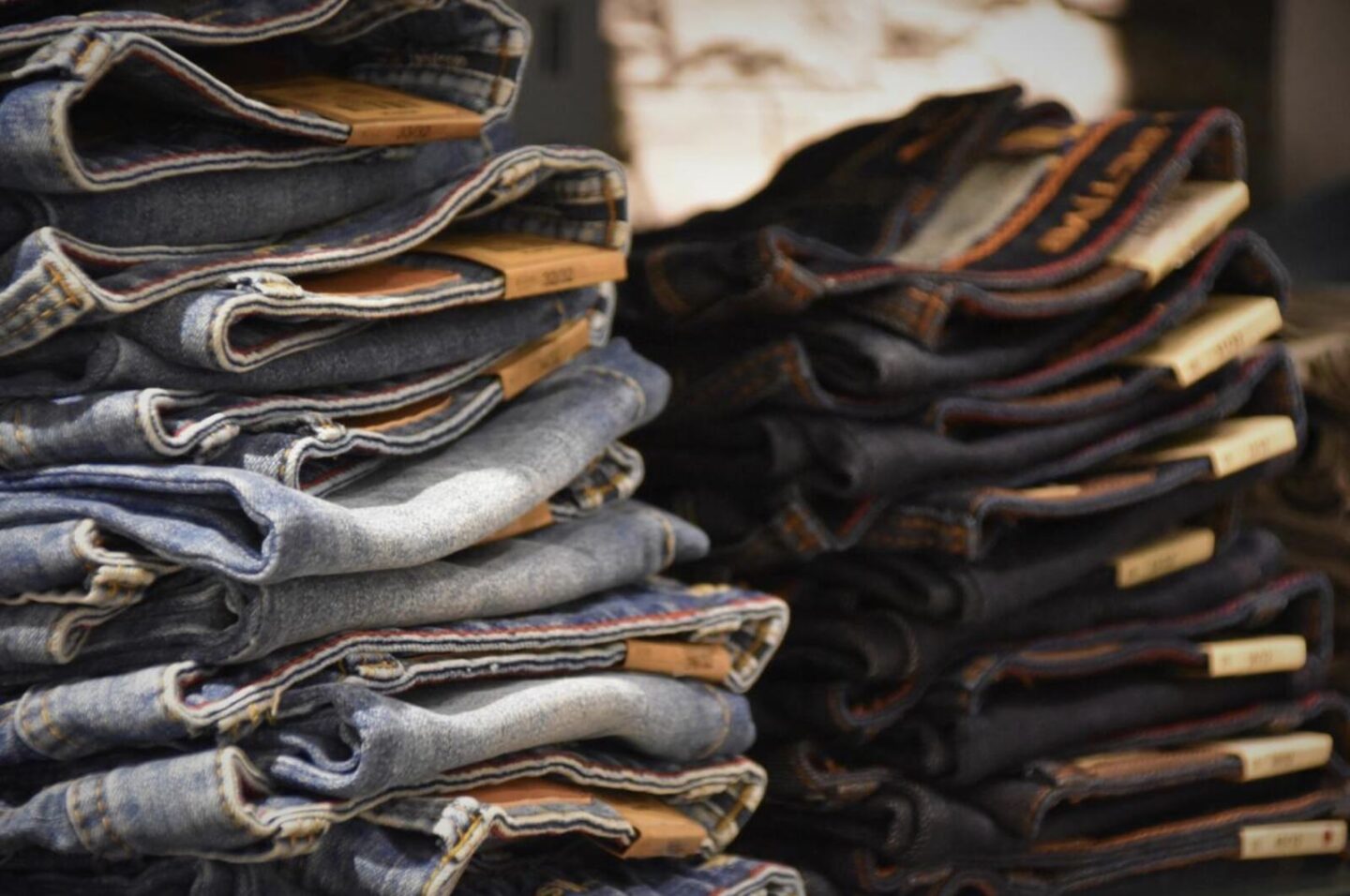
Nothing quite beats wearing fun outfits, glamorous accessories and killer shoes…so what’s not to love? Well, human rights abuses and environmental damage to name just a few. Fashion is pretty complex, and unfortunately, it has a lot to answer for when it comes to sustainability.
Unbeknownst to many fashion lovers across the world, the fashion industry continues plenty to climate change and the using up of the planet’s natural resources. It also is responsible for textile and water pollution, as well as countless human rights problems.
With all these problems caused by modern consumer’s love for fast fashion, what can be done to make clothes more sustainable? Luckily, there are a few promising signs; the rise of sustainable clothing options is promising, and more fashion brands are starting to take more responsibility.
The problem with fast fashion
Modern fashion has resulted in us all living in a world where a coffee from Starbucks costs more than a t-shirt.
Fast fashion has turned the usual four seasons of fashion collections on its head. Now, clothing designs go out of style as fast as they were introduced. And because they’re made for pennies, it isn’t surprising to consumers if they find a hole in their garment after just one wear. So consumers are told to go out and simply buy a new one, rather than try to fix the existing piece of clothing they’ve just bought.
Unfortunately, the high rate of consumption is just one problem to fashion’s unglamorous dark side.
Human rights
The working conditions of millions of people who work in fashion is a problem that most people are at least vaguely aware of. Most of these workers don’t receive a decent wage and work in horrible conditions. There are other problems too, such as:
- Child labour
- Modern slavery
- Gender discrimination
- Physical and sexual abuse
- Forced overtime
All of these issues combine together into one big important issue that fashion houses and companies need to deal with.
Fashion consumption
It’s estimated that as a planet, we consume 80 billion pieces of clothing every year. This is mainly due to overconsumption and unsustainable shopping habits that have been created and encouraged by fast fashion. All this clothing continues to be produced with no regard to the social and environmental implications.
Fast fashion doesn’t encourage a circular economy, as most textiles have one of the poorest recycling rates of any reusable material. Most consumers are not very responsible for disposing of our unwanted clothes too, meaning most end up in landfill sites or polluting the planet’s waterways. Since 64% of most clothing fabrics contain plastic, these will never biodegrade.
Chemical use
The fashion industry has been called out as one of the most environmentally damaging industries for when it comes to pollution. It even rivals and supersedes the gas and oil industries!
The WWF estimates that half of all clothing textiles are made from cotton. It just so happens that cotton also requires the largest percentage of chemicals to be made – 25% of the world’s insecticides and 10% of the world’s pesticides. Not only are these chemicals dangerous to cotton growers and manufacturers, but to the consumer that wears them as well.
These chemicals run off the land and end up in the planet’s rivers, lakes and oceans, damaging the natural ecosystems and wildlife.
Water waste
Another problem is the sheer amount of water that is used and wasted during the manufacturing of clothes. Fashion is actually the second-largest consumer of water globally, with between 6 to 9 trillion litres used per year. The manufacturing of cotton and other textiles is contributing to a worldwide water shortage.
Climate change
The fashion industry accounts for 10% of the planet’s total carbon footprint. Tons of fossil fuels are used in both the production, manufacturing and distribution of clothes. Clothing that gets thrown away rather than recycled or reused also contributes to global greenhouse gas emissions.
What to do about fast fashion as a consumer
Most of these problems all come from the supply side, so what exactly can we do as consumers?
Extend the life of your current clothes
The most sustainable fashion buying decision you can make is to extend the life of your current clothes and make do. This means repairing items when they rip, tear or lose a button. Through proper care and easy repair techniques, you can do your part to reduce your CO2 clothing footprint.
Rent, borrow or swap clothing
Renting, borrowing or swapping clothing is a great way to freshen up your wardrobe without actually buying anything new. Swap clothes with you friends and family, or use an online clothing rental service to make your clothing choices more eco-friendly.
Only buy sustainable clothing brands
If you have to buy new clothes, then do it consciously. Opt for second-hand vintage clothing, or use brands that are sustainable and take ethics seriously. Be prepared in the knowledge that no brand can be 100% sustainable, and try and figure out which companies are making the most impact by doing more right than wrong.
